Today we'll be discussing what might be coming this year after the triumphant return of not one, but several sets of Phyrexians followed by an official talk from Wizards:
“Magic will undergo an upheaval in 2023, both as a game and story!”
- WOTC
Wow, so that means we have not one, but two things to theorize about! Let's start.
Starting Rumors - Atraxa
Okay, before we start our brainstorm, I'll lay the cards on the table:
It all started because of Wizards of the Coast, who said to expect impactful things. Hype aside, it wasn't just one comment among many others: we recently had the release of the new Atraxa, Grand Unifier. And right away we thought, oops, there's something different in this text!
Ad

The card allowed (I believe deliberately, just like Tarmogoyf previewed Planeswalkers) a new card type to be disclosed in which it is explicit that, yes, we will have something else added to the game in the next sets.
And from there, there were several speculations... was it perhaps one more stage during the combat? (since battle and combat go hand in hand), among other more exotic theories. But stopping to think about how the game works today, we can draw some (almost concrete) conclusions.
Possible Conclusions
The text of the ability where it is inserted is clearly referring to the card inside our library, so there won't be a new group of cards, or cards "outside" the game (we won't need to have a new take the initiative or companion). But keep this point in mind, which will be something important later on: the new type is inside the deck.
1. It has not yet been announced whether it will be a permanent, but today of all existing card types (types, not subtypes), only 2 are not permanent, namely Instant and Sorcery.
All others are permanents: artifact, land, enchantment, creature, and planeswalker. Therefore, the chance of it behaving like a permanent is high, but I will also discuss an alternative that can fit as a non-permanent, due to the important point I mentioned above. To reinforce this point, see this answer from MaRo on his blogatog:
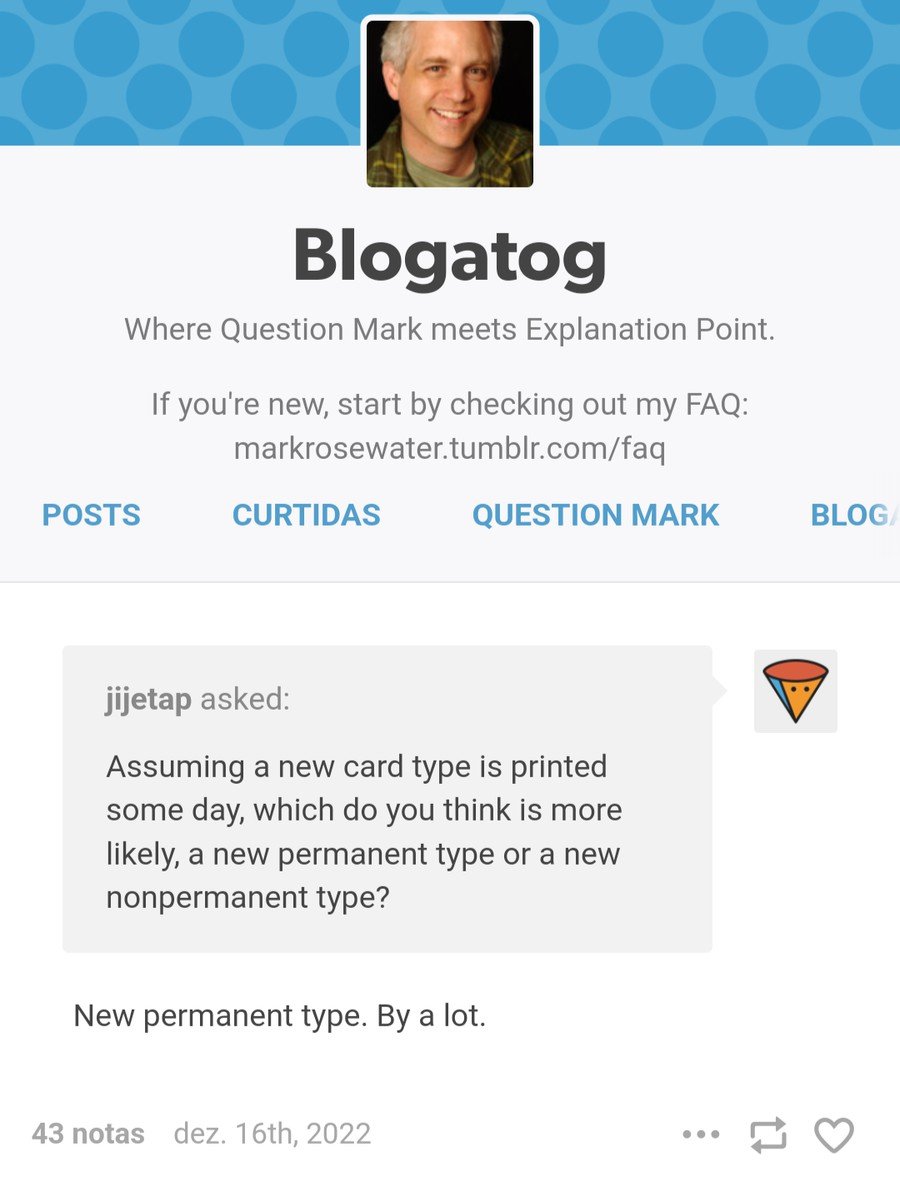
2. It will likely have a cost to play or an obvious exception. If we think again about the existing types, only Lands are "free" (by default) to play; however, we have the basic restriction of one per turn. Considering they will be in the deck, and you can open a hand with up to 7 of them, creating something to release for free at the very least will create exception rules. But just because it doesn't cost doesn't mean it doesn't cost something. Think about it.
3. In the previous point, I mentioned you could open up to 7, since we consider that it is in the deck, and you can have 4 copies, and most likely we should have several different "models", it makes sense for it to be something normal to a certain extent point.
Before we continue, I would also like to list the discards, even though I mentioned above, I've read theories which doesn't mechanically fit the design (I won't cut ideas, but we need limits).
I've read theories that even used the position of the text where Battle is mentioned, as the types are in alphabetical order in the card.
In another theory, someone said Battle would change the playing field, creating subdivisions like in other card games, where only creatures in that "quadrant" could attack and block. The problem with this theory is to imagine how complex the Commander game would become, since with 4 players, you would have this multiplied by 4, with 16 "battlefields". Therefore, I find it difficult to create something in this sense.
Ad
Do we already have the answer?
So far, we have some statements which look promising and some points that might not make much sense. But I go further, in several sets, we had articles where the designers talk about how it was to build them, the challenges and let out mechanics and new things that, back then, were not ready to be made available, but who knows in a new future ...
This was the case with Ward, the new ability was released in Strixhaven.
Now let's look at resistance, an ability that didn't make it on Ikoria:
"Okay, we were close. Red-green had two keywords and blue-black had none. Also, prowess was a bit problematic as it was the only evergreen keyword that stacked, that is, it functionally mattered if you had two copies of the keyword counter. Our solution was to make a brand-new keyword for blue-black, something we thought could maybe one day become an evergreen mechanic. We called it "sneaky," and it had the following text: "This creature can't be blocked by creatures with power 3 or greater." There were also a few other ones we messed around with over the length of design: ward (Once each turn, you may draw a card while this creature's the target of an opponent's spell or ability), resistance (This creature isn't a legal target of a spell or ability an opponent controls unless they pay {o2} as that spell or ability resolves), and camouflage (As long as this is untapped, it can't be the target of spells or abilities your opponents control). "Source
So, going back to thinking about another moment of war on a gigantic scale like we are witnessing, we have War of the Spark, and look what we find precisely in the text talking about the creation of the expansion:
"The main advancement was tied to dealing combat damage. We wanted the skirmish "sub-game" to tie directly into the main game, and combat seemed the perfect flavor match. You were fighting a war, so clearly you wanted to deal damage to the opponent. The trigger only cared that you dealt some combat damage, so there was no difference between one creature dealing damage and many dealing damage. (There was one playtest that cared about batches of damage, so first strikers dealing combat damage actually got to advance the skirmish an additional time. This was not very intuitive and made first strikers a bit too strong, so we changed it for the next playtest.)
The other most commonly used advancement condition was the casting of a card with skirmish. This was important because the first skirmish card you played started the skirmish sub-game, but we wanted later cards to be relevant to encourage you to want to play a bunch of skirmish cards in your deck. (One of the problems we had was this made skirmish a little more linear than we'd intended.) We also went back and forth on whether you advanced one for the playing of the first skirmish card. This helped offset wanting to play the card when the opponent had a chance to earn a free effect." Source
Ad
The Seventh Man
In the movie "World War Z", we are presented with a simple theory: when information is received and 6 people agree on a point, it is the duty of the 7th person to follow an opposing theory. So, what if when they talk about battle, they really mean combat modification?
Notice the text of this card and how unique and weird it is:

Did you find the point? The text implies a creature could deal combat damage to more than one opponent, but how is that possible? Combat damage would be dealt to the opponent after the creature attacks and is not blocked, and the damage is not prevented. How do current combat rules allow the same creature to deal damage by attacking two opponents in the same combat? The answer is: there is no way for the same creature to attack two players in the same combat.
Would it be possible to change the rule so that, for example, a double strike creature lands one damage on each opponent? Can the attack be declared in a multiplayer game without defining which opponent? What if we had some kind of "field" modifiers which would make the creature deal simultaneous combat damage to all players at the table, being combat damage?
The Theory
So, after all these points, here's how I imagine the new type of card should be:
Permanent, free of charge. Like Asmoranomardicadaistinaculdacar, you can only actually pay the cost and cast this spell by creating a specific requirement, such as: ""2R, you can only pay this cost on attack, when attacking with 2 creatures of same color"".
After entering the battlefield, effects will modify the battlefield in the most different ways possible between counters, and perhaps even modifying the combat rules. Example: "if a creature would deal damage to one player, it simultaneously deals combat damage to all players".
In addition to static modification, we could have built-in mini-games, as if they were "checkpoints" to be traversed and could be reached by both players. Things like: "in the initial combat step, if that player controls 3 creatures with different powers, attack an opponent".
Or who knows: "at each end step, if that player has no cards in hand, 5 or less life and 5 or less cards in the library, they win the game".
Stories: Theory about Lore
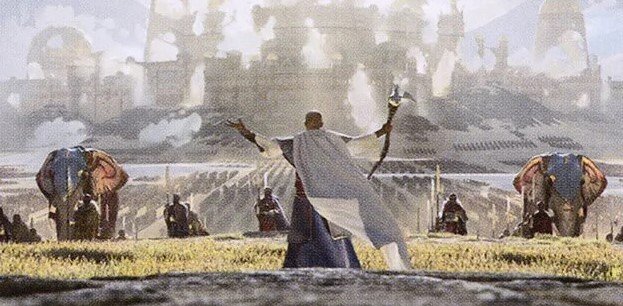
In addition to the impactful game change, it was mentioned that the story and Planes would be changed. Aside from the fact that Phyrexian oil is oozing on countless worlds, with several planeswalkers being compleated, we are approaching a major ruse.
Many people say and hope that Teferi could find a way to interfere or go back to the past to change the future, and we would have a "reset" like in Tarkir.
I now believe in something different for three points:
> Teferi has a living daughter named Niambi, born a decade after the great mending. Modifying the past, or even creating a reset, could make his daughter simply non-existent, or worse. Depending on when this change is made, large parts of the story could have a completely different outcome.
Ad
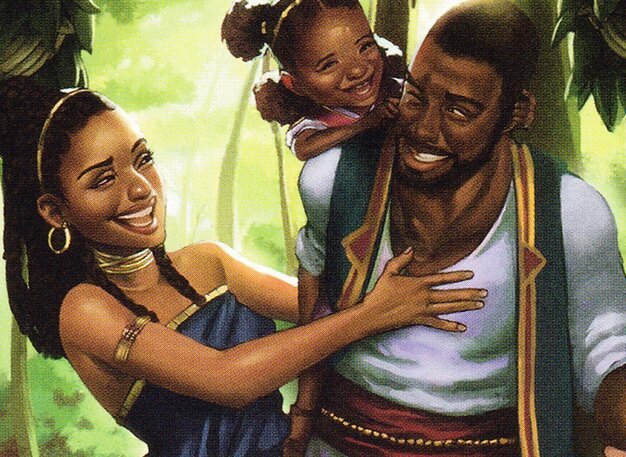
> Dominaria, at some point in history in the early days of Magic, was The Universe. At the time, there was still no idea of a multiverse, Dominaria being a plane that we can call the "backbone". Several characters are connected to this plane, stories and other things. Messing with it can be very risky.
> After the Brothers' War, a little before the Great Mending, Teferi (at that time) took his entire continent and decided to "phase out" by translating everything and everyone who lived there somewhere, fleeing the problem. It turns out that an excerpt from this story was forgotten:
In the story, Teferi and his entire continent are brought back by Karona. He then sees how the plane was, with several temporal rifts draining and destroying the plane, and decides to gather the titans and make the Great Mending of Dominaria, sealing all the rifts. But in a conversation with Freyalise, she tells Teferi that she saw him talking to Karona, 200 years before her return.
However, he doesn't remember this and at this time he and his entire continent were missing, how could that be possible? But what if it wasn't him from that time, but the Teferi from the current story who had already gone to the past, talk to Karona to bring him back and with that, everything has already happened, so nothing would change?
With these points and with the images of the March of the Machine boxes that we have that are too reminiscent of the temporal rifts that connected past and future, in Time Spiral, maybe we'll have the need of a new Mending. This can cause a further weakening of planeswalkers, or even greater changes to the planes.
Conclusion
We can spend hours and hours theorizing, but we'll only know what's really coming during the previews of the upcoming set.
But when Battle actually comes out, we'll talk more about it here at Cards Realm! It will definitely give you something to talk about!
Here I say goodbye, but comment there, what do you think it could be?
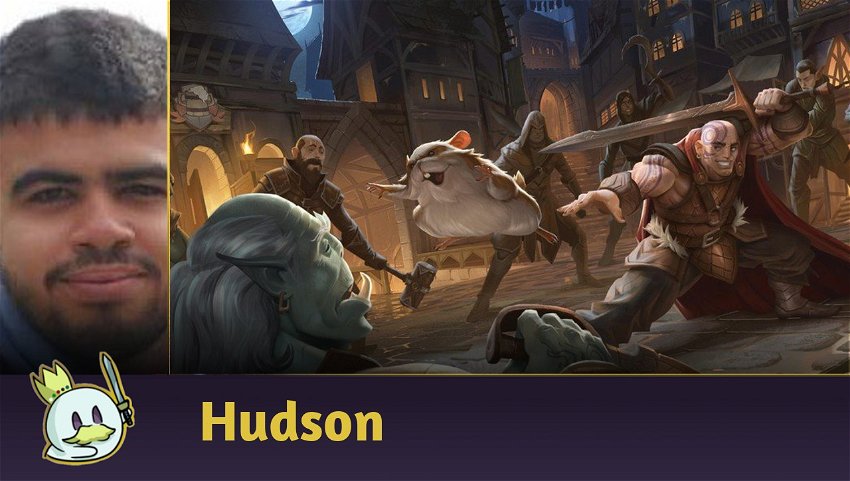



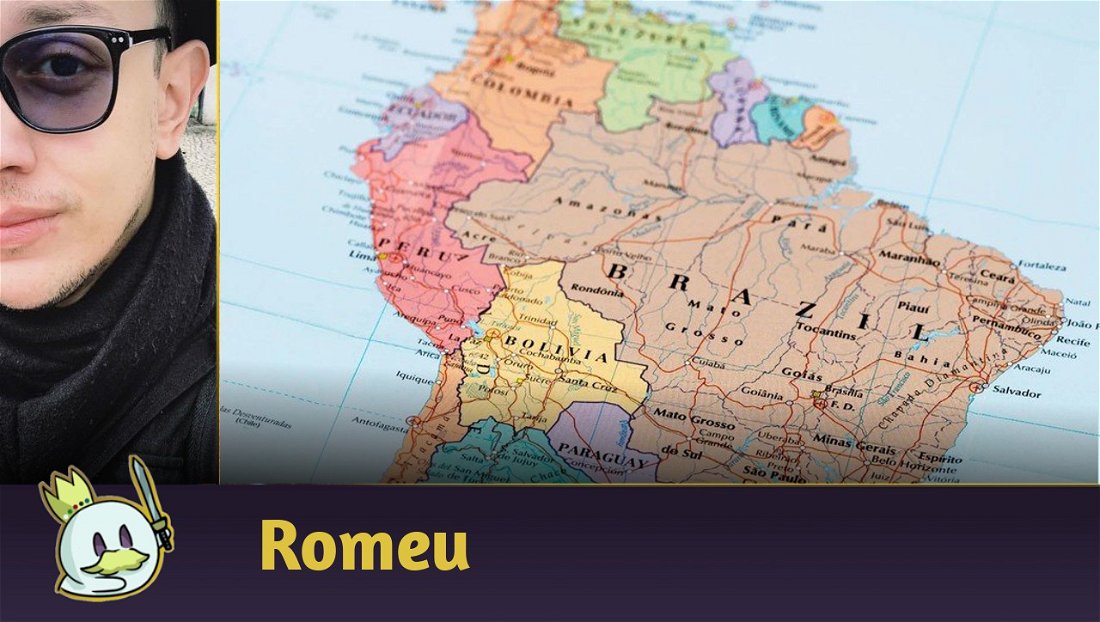
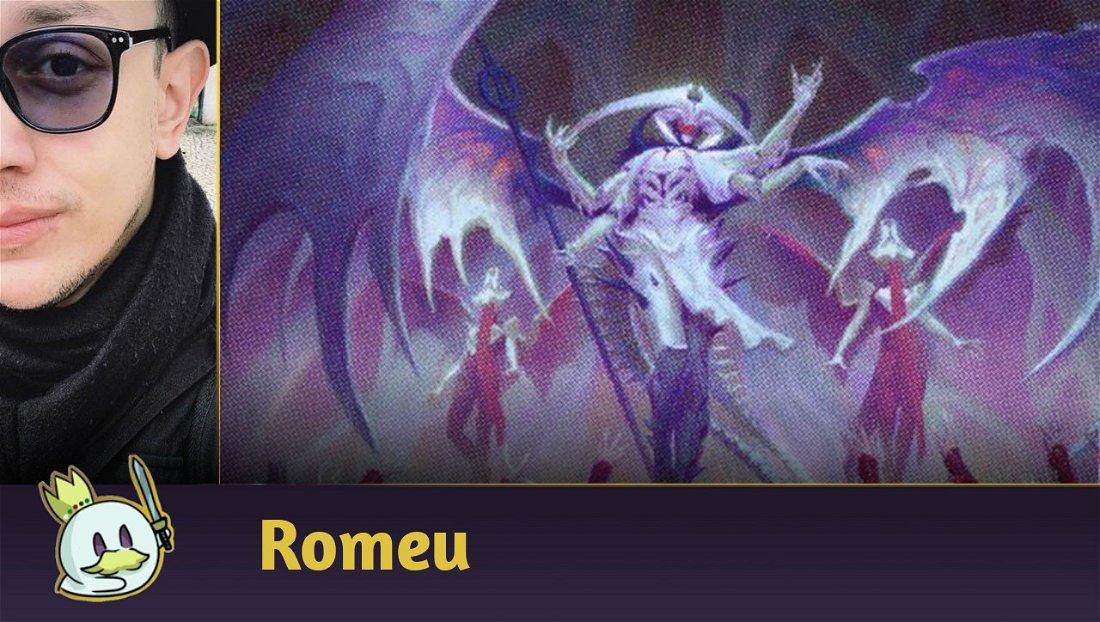



— commentaires0
Soyez le premier à commenter